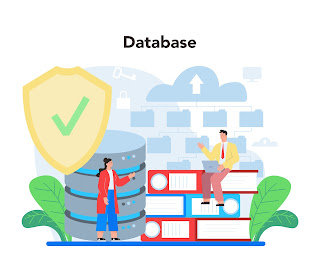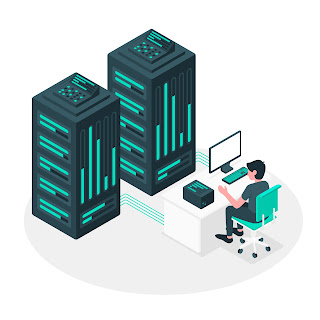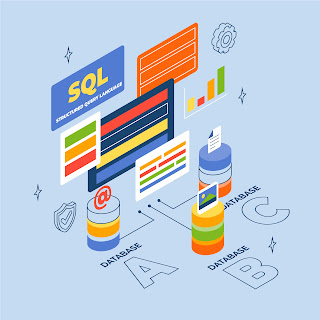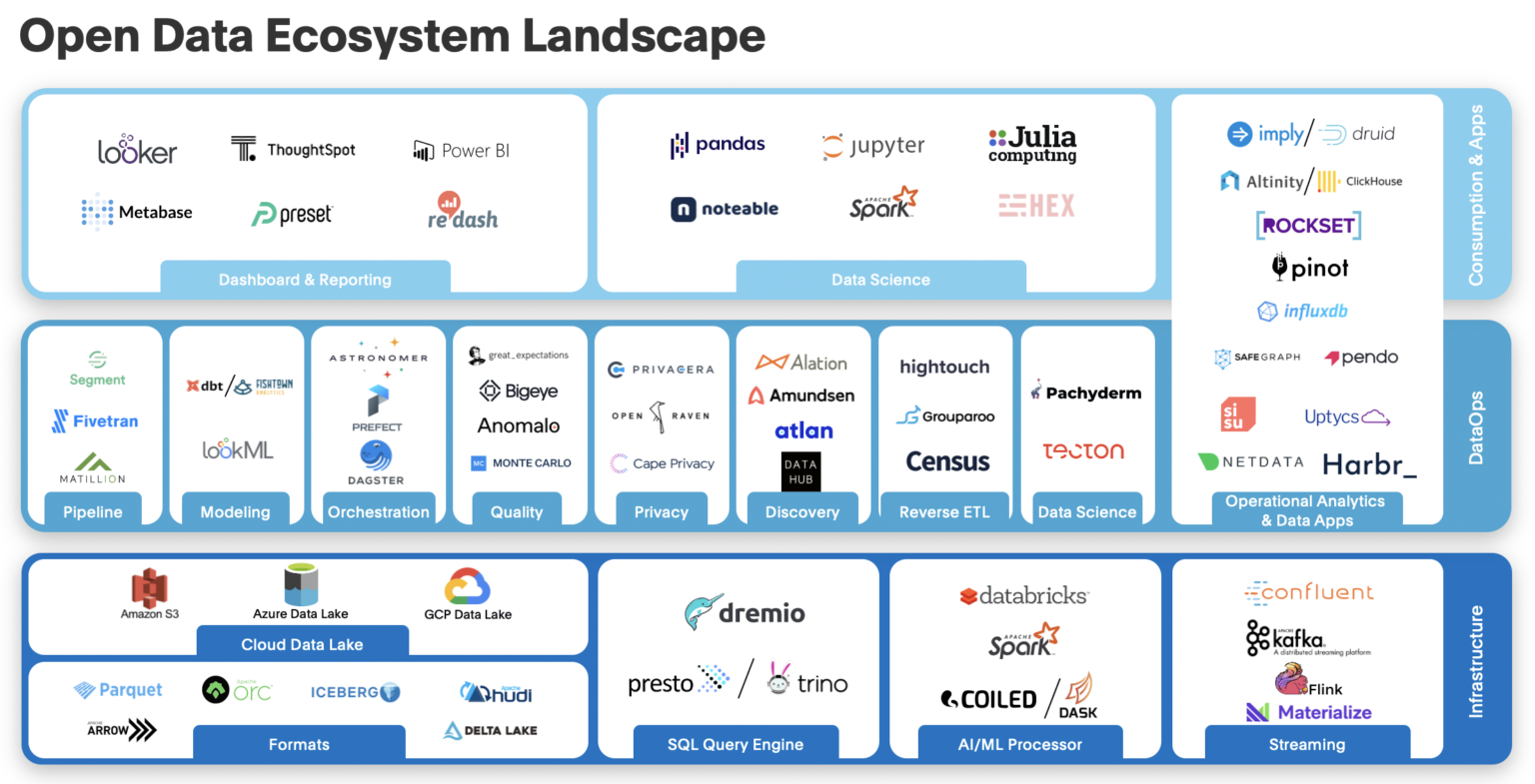Understanding Relational Databases: Structure, Benefits, and Use Cases

pict from freepik/vector4stock Introduction Understanding Relational Databases In an increasingly digitized world, data lies at the heart of nearly every facet of our lives. From the apps we use on our smartphones to the financial transactions we make and the content we access online, data plays a pivotal role in shaping our experiences. However, the efficient management and organization of this ever-growing sea of data are critical to harnessing its true potential.





